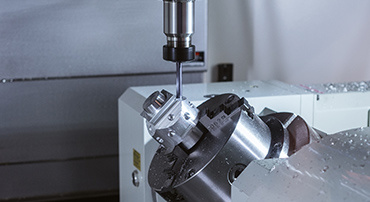29
2023
-
03
Introduction to Common Processes in Sheet Metal Processing
With the progress of industry, sheet metal parts are widely used in our daily life. All kinds of household appliances need to use a variety of sheet metal parts. Each link in the sheet metal processing process is very important, and any problem in one link will affect the processing quality of the product. Therefore, every detail in the sheet metal processing process must be perfect, so that qualified sheet metal parts can be produced
Sheet metal processing and stretching process:
During the processing of sheet metal, it is sometimes necessary to unfold the stamping material, known as stretching. Stretching is mainly aimed at sample materials with unique requirements. The material thickness changes after stretching. Generally speaking, the center of the bottom maintains the original thickness, the material at the bottom corner becomes thinner, the material at the top near the flange becomes thicker, and the material at the corner around the rectangular stretch piece becomes thicker
Sheet metal processing and forming process:
Forming refers to the final sheet metal part formed after a series of processing procedures such as blanking, flanging, tapping, punching, riveting, bending, welding, and then surface treatment. Forming is the final form of sheet metal processing, and if there are special requirements, multiple components should be combined in a certain way
Related news
What are the main categories of molds
2023-03-29

Add
Rui'an Hai'an Industrial Zone, Zhejiang Province

Tel

Mobile

Fax







